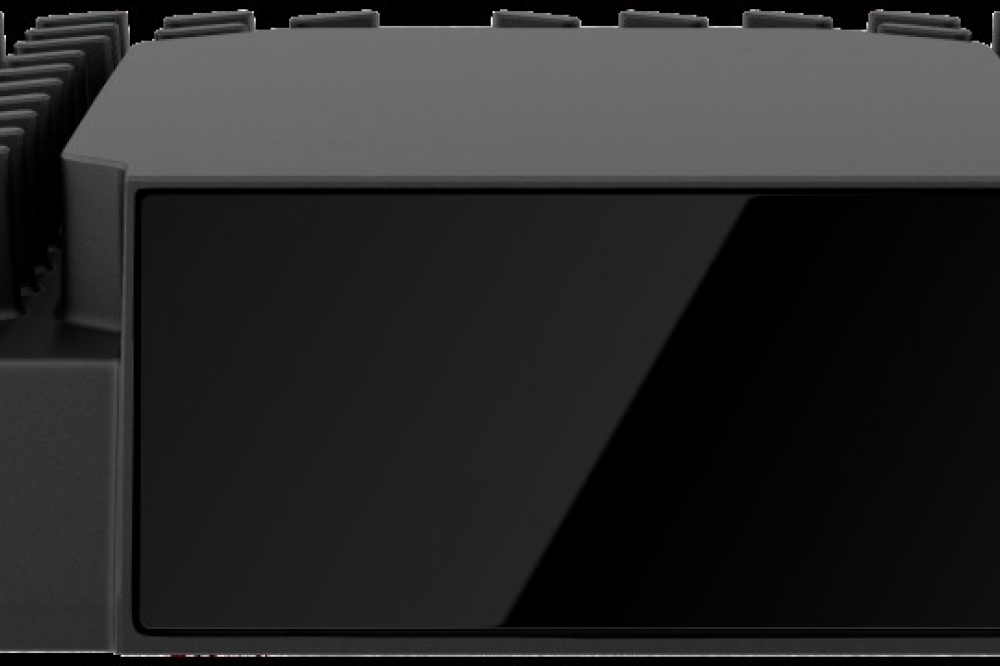Aeva introduces new 4D LiDAR sensor for automotive applications

Aeva, a company developing sensing and perception systems based on silicon photonics, has introduced Aeva Atlas, a 4D LiDAR sensor designed for mass production automotive applications. The company says Atlas is the industry’s first such sensor, and is intended to accelerate the path to safer advanced driver assistance systems (ADAS) and autonomous driving.
“We are thrilled to introduce Atlas as the industry’s first automotive-grade 4D LiDAR sensor for mass production in automotive applications,” said Mina Rezk, cofounder and CTO of Aeva. “Atlas is the key development that will enable OEMs to equip their vehicles with advanced safety and automated driving features at highway speeds by addressing challenging use cases that could not be solved before. Importantly, we believe it will accelerate the industry’s transition to FMCW (frequency-modulated continuous-wave) LiDAR technology, which we believe is increasingly considered to be the end state for LiDAR, offering greatly enhanced perception solutions that leverage its unique instant velocity data.”
Aeva Atlas is powered by the company’s Aeva CoreVision LiDAR-on-Chip module and Aeva X1 System-on-Chip processor. CoreVision is the company’s fourth-generation LiDAR-on-Chip module. It incorporates all key LiDAR elements including transmitter, detector and a new optical processing interface chip in a smaller module. Built on Aeva’s proprietary silicon photonics technology, the company says that CoreVision replaces complex optical fibre systems found in conventional time-of-flight LiDAR sensors with silicon photonics, ensuring quality, and enabling affordable mass production.
The Aeva X1 System-on-Chip Processor integrates data acquisition, point cloud processing, scanning system and application software into a single mixed-signal processing chip. It is designed for dependability with automotive-grade functional safety and cybersecurity.
According to Aeva, the combination of these innovations allow Atlas to be over 70% smaller and consume four times less power than Aeva’s previous-generation LiDAR sensor, enabling operation without active cooling and allowing for seamless integrations in-cabin behind the windshield, on the vehicle’s roofline or in the grille.
The company also says that Atlas delivers critical requirements for highway-speed driving with a 25% greater detection range for low-reflectivity targets and a maximum detection range of up to 500 m. Additionally, Aeva says the product is accompanied by its perception software, which harnesses machine learning-based classification, detection and tracking algorithms.
































